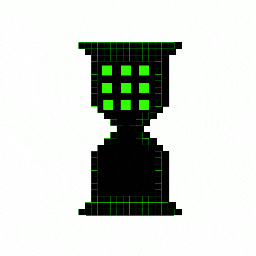
In Korea,
understanding and using "No, thank you"
can help navigate many situations with ease.
Whether you're reassuring someone
or politely declining,
this phrase is a must-learn for any traveler.

| The phrase "괜찮아요" |
| ( gwaen-chan-a-yo ) |
means “No, thank you” or "I'm okay" in English,
depending on the context.
Here’s the breakdown:
괜찮 (gwaen-chan): Okay, fine, alright.
아요 (a-yo): A polite ending.
When combined, it becomes a polite way
to express reassurance, acceptance,
or a neutral stance.

you can use ( gwaen-chan-a-yo )
for reassurance,
declining offers,
and expressing well-being.
In Korea, you might say
( gwaen-chan-a-yo )
in various situations:
1. At a café, when a waiter apologizes for a delay.
2. To politely refuse help you don’t need.

Waiter or stranger might say:
- Do you need help? : ( do-wha-deu-ril-kka-yo? )
- I am so sorry : ( jeong-mal joe-song-ham-ni-da )
you can answer:
- No, thank you or It's okay : ( gwaen-chanh-a-yo )
Responses you might hear:
- Thank you for understanding. : ( i-hae-hae-ju-shyeo-seo gam-sa-ham-ni-da )

A warm smile when saying ( gwaen-chanh-a-yo )
can make the interaction even more pleasant.
Koreans appreciate understanding behavior.

Koreans value harmony and understanding.
By saying ( gwaen-chanh-a-yo ),
you demonstrate patience and kindness,
which are highly appreciated.
Now you’re ready to handle apologies and thanks
gracefully in Korea.
Practice today's phrase
and spread some positivity on your travels!
'🇰🇷 한국어 (Korean)' 카테고리의 다른 글
| [#15] 🥩How to Ask 'Does This Have ___ in It?' in Korean (38) | 2025.01.06 |
|---|---|
| [#14] 🥗How to Say 'Do You Have Vegetarian Options?' in Korean (46) | 2025.01.05 |
| [#12] 🎧How to Say 'I’m Sorry' in Korean (58) | 2025.01.03 |
| [#11] 🎧How to Say 'Thank You' in Korean (89) | 2025.01.02 |
| [#10] 🎧How to Say 'Happy New Year' in Korean (93) | 2025.01.01 |





